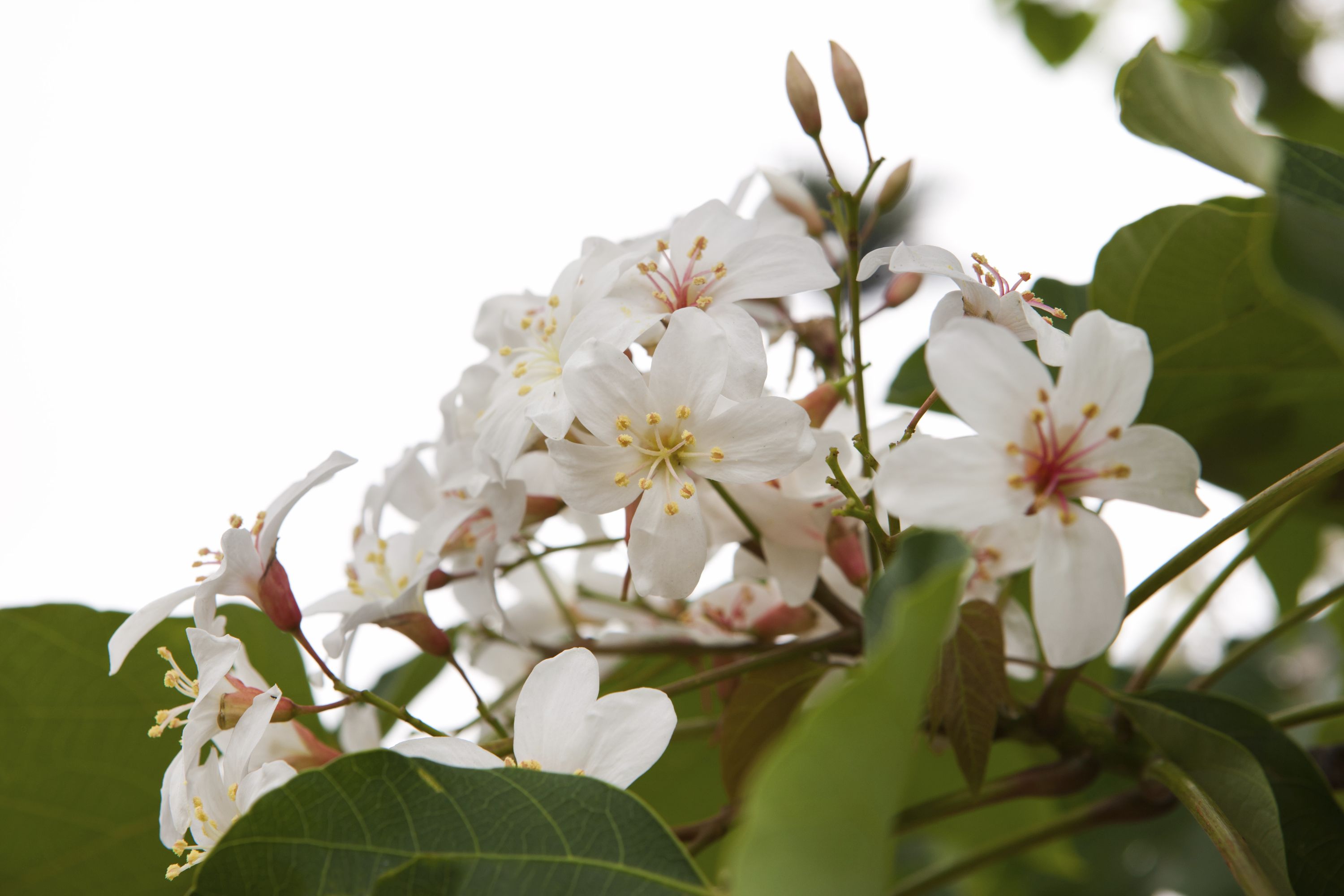Tung oil tree
(Vernicia fordii)

Description
Vernicia fordii is a tree species of the family Euphorbiaceae, which is commonly known as Tung tree or China wood-oil tree. It is native to China and is widely cultivated for its oil-rich seeds. The Tung tree is an important economic crop in the southern provinces of China, where it has been grown for over a thousand years. Taxonomy: Vernicia fordii was first described by Henry in 1910. It is a member of the Euphorbiaceae family, which includes about 300 genera and 7,500 species of plants. The Euphorbiaceae family is a diverse group of plants, ranging from small herbs to large trees, and includes many economically important species. Distribution: The Tung tree is native to southern China, where it is widely cultivated. It is also found in other countries of Southeast Asia, including Vietnam, Laos, and Cambodia. The tree prefers warm, humid environments and is grown mainly in subtropical and tropical regions. Description: The Tung tree is a small to medium-sized tree that can grow up to 20 meters tall. It has a rounded crown with dark green, glossy leaves that are 10-20cm long and 5-12cm wide. The leaves are alternate and have a serrated margin. The tree has small, greenish-yellow flowers that are borne in clusters. The fruit is a three-lobed capsule that contains 1-3 seeds. The seeds are oval-shaped, about 3-4cm long and 2-3cm wide, and are covered with a hard, black shell. Cultivation: The Tung tree is propagated from seeds or cuttings. Seedlings are usually grown in nurseries for 1-2 years before being transplanted to the field. The tree is a fast grower, reaching maturity in about 7-10 years. The tree prefers well-drained soils with a pH range of 6.0-7.5. It is also tolerant of drought and can grow in areas with an annual rainfall of 600-1200mm. Harvesting: The Tung tree produces seeds annually, which ripen in September and October. The seeds are harvested by hand or by shaking the branches of the tree. The seed yield per tree varies depending on the age and size of the tree. A mature tree can produce 30-50kg of seeds per year. Oil Extraction: The Tung tree seeds contain about 50% oil, which is rich in unsaturated fatty acids. The oil is extracted from the seeds by pressing or solvent extraction. The crude oil has a dark brown color and a mild, nutty flavor. The oil is refined by degumming, bleaching, and deodorizing to produce a clear, colorless oil with a high smoke point. Uses: Tung oil is used in a variety of applications, including: Wood finishing: Tung oil is a popular natural wood finish that provides a durable, water-resistant coating. It is used to protect and enhance the natural beauty of wood. Paints and coatings: Tung oil is used as a binder in paints and coatings. It provides a durable, flexible film that resists cracking and peeling. Printing ink: Tung oil is used as a component in printing ink. It provides a glossy finish and helps to prevent the ink from drying out. Food: Tung oil is used as a cooking oil in some parts of China. It is also used as a flavoring in some traditional Chinese dishes. Conclusion: Vernicia fordii is an important economic crop in southern China and other parts of Southeast Asia. The Tung tree produces oil-rich seeds
Taxonomic tree:







